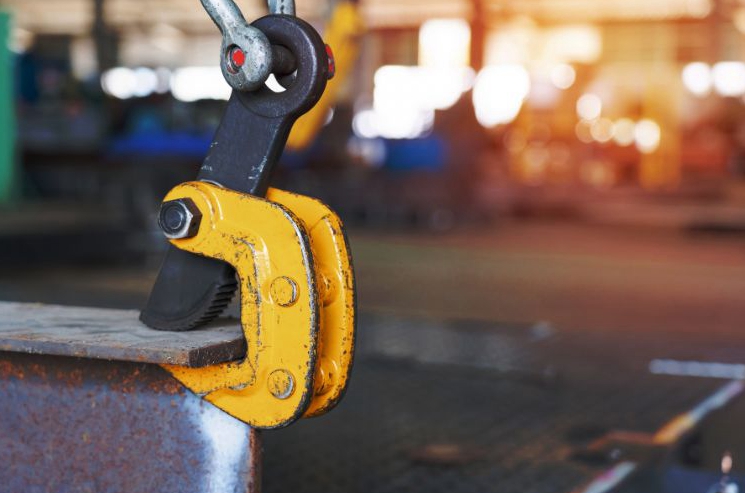A lifting clamp, also known as a lifting clamp or plate clamp, is a mechanical device used to lift and handle heavy objects or materials such as steel plates, pipes, beams, and other types of loads. These clamps are commonly used in construction, manufacturing, and material handling industries where the safe and efficient handling of heavy loads is essential.
Lifting clamps typically come in various designs, but they all serve the same basic purpose: to securely grip and lift a load without the need for slings, chains, or hooks. The choice of a specific type of lifting clamp depends on the shape, size, and weight of the load, as well as the working conditions. Here are some common types of lifting clamps:
- Vertical Plate Clamp: These clamps are designed to lift plates in a vertical orientation. They often have a hinged mechanism that allows them to grip the edge or corner of a plate securely.
- Horizontal Plate Clamp: These clamps are used to lift plates horizontally. They typically have a set of gripping jaws that engage the top surface of the load.
- Beam Clamp: Beam clamps are designed for lifting and moving steel beams and other structural materials. They usually attach to the flange of the beam and can be adjusted to accommodate various beam sizes.
- Pipe Clamp: These clamps are used for lifting and handling pipes or cylindrical objects. They have curved jaws that securely grip the pipe's surface.
- Drum Clamp: Drum clamps are specialized for lifting and transporting drums or barrels. They have a mechanism that securely clamps around the drum.
Lifting clamps should always be used following the manufacturer's instructions and with proper training to ensure safety. Additionally, they should be inspected regularly to ensure they are in good working condition and can safely lift heavy loads. Safety is of utmost importance when using lifting clamps to prevent accidents, injuries, or damage to the loads being handled.



